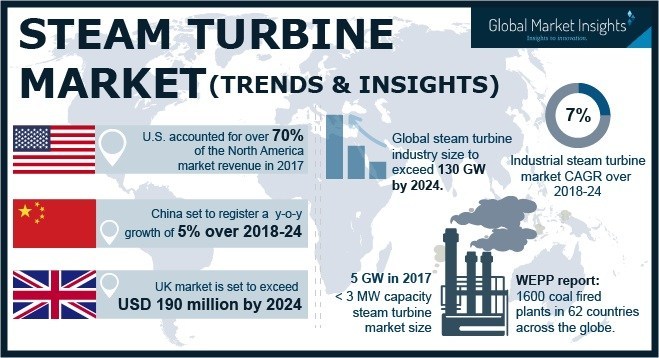Brett Rickaby's Insightful Corner
Exploring the world through news, tips, and intriguing stories.
Behind the Scenes of the Steam Marketplace: Insights You Need
Discover hidden secrets of the Steam Marketplace! Uncover tips, trends, and insights that every gamer needs to maximize their experience.
Understanding Steam Marketplace Algorithms: How Listings Get Noticed
Understanding the Steam Marketplace algorithms is crucial for sellers looking to enhance their visibility and maximize sales. The Steam Marketplace operates on a complex set of rules that determine how listings are presented to users. Factors such as listing price, item rarity, and user engagement play significant roles in the visibility of your items. For example, items that are priced competitively or have unique attributes tend to attract more attention. Additionally, the platform's search and filter tools heavily influence how listings appear, making it essential for sellers to optimize their titles and descriptions accordingly.
Another key aspect of successfully navigating the Steam Marketplace algorithms is understanding user behavior. High-quality images, detailed product descriptions, and relevant tags can significantly impact how often your listings are viewed. Sellers should also be aware of peak activity hours when users are most likely to browse the marketplace, as this can affect listing visibility. To summarize, focusing on competitive pricing, optimizing listings with quality content, and timing your submissions can greatly improve your chances of getting noticed in the crowded Steam Marketplace.

Counter-Strike is a popular multiplayer first-person shooter that pits teams of terrorists against counter-terrorists in various objective-based games. Players can enhance their gaming experience by utilizing various resources, and a great place to start is by checking out the csgoroll promo code for exciting bonuses. The game's strategy and team dynamics are key to success, making it a favorite among competitive gamers worldwide.
Item Rarity and Pricing: What You Need to Know
Item rarity is a crucial factor that influences pricing in various markets, from collectibles to video game items. Generally, the more rare an item is, the higher its perceived value. For example, items categorized as rare or legendary often attract collectors who are willing to pay a premium. Understanding the different tiers of rarity can help you make informed decisions about purchasing and reselling these items. Below are common categories of item rarity:
- Common
- Uncommon
- Rare
- Epic
- Legendary
When it comes to pricing, it's essential to consider factors beyond just rarity. Market demand, condition, and historical sales data play significant roles. For instance, a rare item in mint condition may command a price several times higher than the same item that shows signs of wear. Additionally, fluctuations in popularity or trends can affect item prices rapidly. To stay updated, regularly check marketplace listings and engage with community forums. Understanding these nuances in item rarity and pricing can significantly enhance your buying and selling strategies.
The Evolution of the Steam Marketplace: Trends and Predictions for Future Changes
The Steam Marketplace has undergone significant changes since its inception, evolving from a simple interface for trading virtual items to a complex ecosystem that accommodates a diverse array of digital goods. Initially, the marketplace primarily focused on in-game items from popular titles like *Counter-Strike: Global Offensive* and *Dota 2*. However, trends in user behavior, such as the rise of collectibles and the demand for user-generated content, have led to an expanded catalog of items, including trading cards, skins, and art. As the platform adapts to these trends, it has increasingly prioritized user engagement through features like dynamic pricing and enhanced search functionalities.
Looking to the future, several predictions can be made regarding the trajectory of the Steam Marketplace. One prominent trend is the potential integration of blockchain technology, which could revolutionize ownership and trading processes, ensuring transparency and security for users. Additionally, as the digital gaming landscape continues to shift towards the metaverse, the marketplace may begin to support cross-game trading, allowing players to use items across multiple titles seamlessly. As these changes unfold, it will be crucial for developers and marketers to stay attuned to evolving user preferences and technological advancements, ensuring that the marketplace remains a relevant hub for digital interactions.